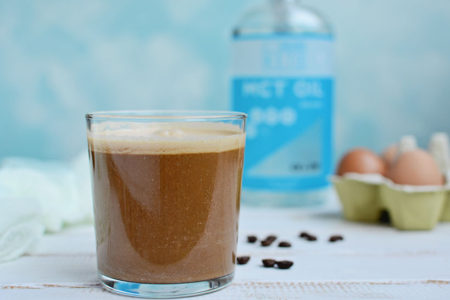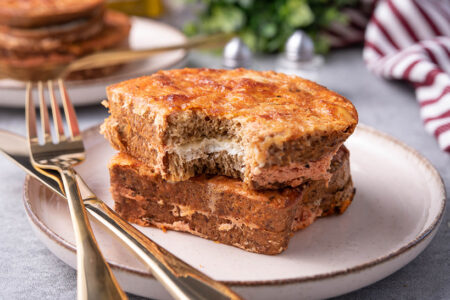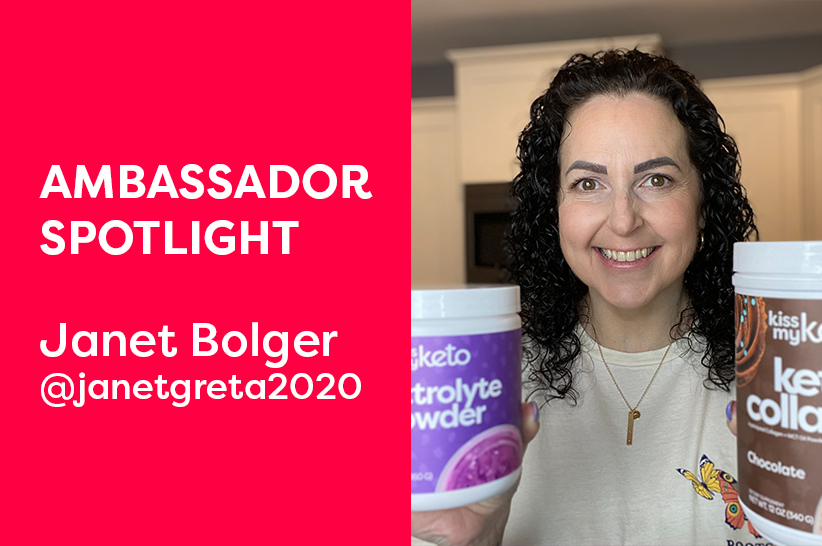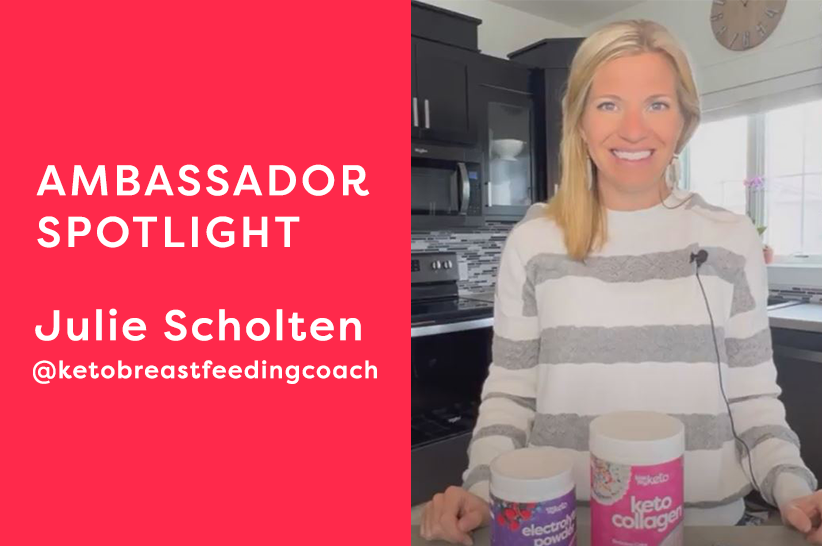Navigating the tricky world of food product labels can be an unnecessary stress to your life if you don’t know what you’re doing. Don’t worry, we’ve got your back! In this article we’ll explain everything you need to know so you can pick out keto friendly foods and tackle the food shelves with confidence next time you go shopping.
Industrial Sabotage
Sadly, the food industry has taken huge liberties with the processed food which now fills 80% of our supermarket shelves. Over the last 75 years the dramatic changes to our food landscape have been driven by profit. Many foods which we see for sale would be better classified as ‘mildly-toxic edible substances’ – you would literally get more nutrition from eating dirt – we don’t recommend eating either.
Foods are made to be purposefully addictive with the addition of a variety of substances which are laughably called “repeat appeal” agents in the food industry. Some of the substances routinely added to our food are neurotoxic, meaning they damage the brain, and are more addictive than cocaine! The food industry is required to identify all the ingredients on the food label, but unless you have a degree in biochemistry and carry round a magnifying glass it can be hard to decipher their real meaning.
You need to understand the ingredients to know if the food is fit for your keto diet, but they hide ingredients on the food label with deceptive naming and technical terms. Fortunately, with a little inside knowledge you can learn to see through the tricks and hunt down the keto nutrition you need.
Additives to Look Out For
The following substances trick our taste buds making things taste better artificially. Monosodium glutamate, or MSG, stimulates the brain via the tongue making us perceive a savory tasty flavor. Our brain thinks we’re eating high quality protein like meat, when in reality you could sprinkle MSG on dirt and it would taste good (again, we don’t recommend you eat MSG or dirt!)
MSG has been linked to heart problems and even brain damage as it over-excites neurons in the brain. In the 1980’s the health impact was considered so severe that it was largely removed from Western processed food. The problem was – it wasn’t really removed, it was simply renamed on food labels.
Monosodium glutamate is produced during some manufacturing processes of certain ingredients that go into food. Due to this bogus technicality it doesn’t have to be called MSG on food labels, it’s labelled as the original substance that was put into the food. This means consumers have no idea that MSG is in the food they are eating! Have you seen any of these items on food labels recently?
- Any “hydrolyzed protein”
- Anything “enzyme modified”
- Anything “protein fortified”
- Calcium caseinate
- Calcium glutamate
- Glutamic acid
- Monopotassium glutamate
- Soy protein concentrate
- Soy sauce extract
- Textured protein
- Whey protein isolate
- Yeast extract!
| Agave nectar | Caramel | Dehydrated cane juice | Glucose solids | Maltol | Refiner’s syrup |
| Barbados sugar | Carob syrup | Demerara sugar | Golden sugar | Maltose | Rice syrup |
| Barley malt | Castor sugar | Dextrin | Golden syrup | Mannose | Saccharose |
| Barley malt syrup | Coconut palm sugar | Dextrose | Grape sugar | Maple syrup | Sorghum Syrup |
| Beet sugar | Coconut sugar | Evaporated cane juice | HFCS (High-Fructose Corn Syrup) | Molasses | Sucrose |
| Brown sugar | Confectioner’s sugar | Free-flowing brown sugars | Honey | Muscovado | Sugar (granulated) |
| Buttered syrup | Corn sweetener | Fructose | Icing sugar | Palm sugar | Sweet Sorghum |
| Cane juice | Corn syrup | Fruit juice | Invert sugar | Panocha | Syrup |
| Cane juice crystals | Corn syrup solids | Fruit juice concentrate | Malt syrup | Powdered sugar | Treacle |
| Cane sugar | Date sugar | Glucose | Maltodextrin | Raw sugar | Turbinado sugar |
These are all nicknames for MSG. Why not have a look at a few food labels and see how often you spot it. Personally, we don’t think this is fair. At least drug addicts know what they’re taking is addictive. 99% of the population have no idea that the foods they’re eating are designed to be addictive.
The Sweet Taste of Poison
MSG isn’t the only addictive agent added to food and hidden on the food label. The number one “keep ‘em coming back” substance snuck into our food is sugar. As you know, this is totally off the menu on a keto diet.
For many people this is the number one reason they can’t lose weight: they’re secretly addicted to the refined sugar, sweet-crack, added to food. People are not greedy, we over-consume because we are secretly mentally and physically addicted! The food industry claims it’s ‘consumer choice’ what we eat, but this would only be true if it was free choice with informed consent. Sugar makes the brain go a bit crazy (you’re probably familiar with how young children go hyper after drinking soda.) How are we meant to stay informed when food labelling purposefully hides sugars?
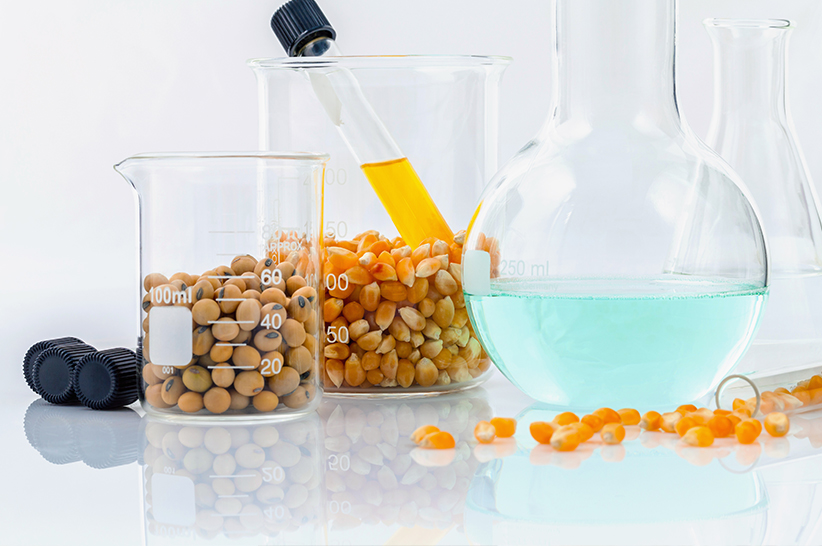
For the success of your keto diet you need to learn to avoid the hidden drugs in food. Keto is a sugar-free diet so if you want to stay safe you need to learn about hidden sugars. If products came with a big sticker on them saying “this is mainly sugar,” we’d at least be aware. But that’s not how it works.
Ingredients are listed on the label, in order of size, so there is more of the 1st ingredient than the 2nd. Sugar will often be listed multiple times, 3, 4, 5, up to 10 different types of sugar could be used in one product! Sugar will be hidden under this long (and incomplete) list of names:
These are just 60 of the MOST common names! Here’s a newsflash you can probably predict: none of these are KETO friendly ingredients! Manufacturers claim different sugars are added to increase shelf-life and change the texture of food. This is a bare faced lie; addictive foods are more profitable because we buy and eat more of them. The keto diet cuts your appetite because carbs, specifically in sugar, are avoided. If you eat hidden sugars you will come out of keto and back into hunger and cravings!
Take The Bitter With The Sweet
Unsurprisingly, studies funded by the sugar producers say it is safe and has the same impact as natural sugars. Studies done with less bias tell a different story: recent research has directly linked sugar to causing and promoting cancer 1, 2. You’re an intelligent individual and I’m sure you can engage your thinking faculties to come to your own conclusions about this. Either way, these addictive sugars are not allowed on keto!
Anatomy of a Food Label
Let’s break down food labels you’ll see on most supermarket shelves. (A word of warning, approximately 76% of processed foods contain added sugar, making them off-limits for keto!
Serving size (and servings per container):
- This is the first trick!
- Make sure the amount you might eat is similar to what they suggest.
- If you know that you’d eat a big bowl full or the whole packet and the suggestion is that is contains 4 servings, then you need to stay clear!
- Using an unrealistic serving size makes it look healthier than it is!
Calories (and calories from fat)
- This is the energy released when it is burnt in a special oven in a lab
- You are not an oven and your body won’t always react in the same way
- But it can be a useful measure, especially if you want to lose weight
- Ensure you increase this value if you are eating more than 1 serving
- Use your own macro calculations to figure out how much fat you want
% Daily Value
- This is how much you are eating, based on recommended daily guides
- However, these guidelines are heavily influenced by the food industry
- Some saturated fats (specifically coconut) are great for you!
- The vitamin recommendations will keep you alive, not help you thrive!

Fat
- Trans fats are much less healthy, avoid these totally
Cholesterol
- You need cholesterol to make specific hormones
- Ideally, more natural sources like eggs are better than processed types
- Keep an eye on this figure if you already have raised cholesterol levels
Sodium
- The sodium count is useful if you are on a low-sodium diet
- High levels of sodium can elevate blood pressure
- But sodium is needed for the keto diet
Total Carbohydrates
- This really is the most important bit from a keto perspective
- The total is made up from several elements:
Carbohydrates from Fiber
- These are great, they feed your intestinal bacteria and not you
- These do NOT count as carbs on keto
Carbohydrates from Sugar
- Definitely want to avoid these!
Other carbohydrates
- There are a lot of carbs which are neither fiber, nor sugar
- But they still count!
- They could be starch or other forms of carbohydrate
Net carbohydrates
- This figure is unfortunately NOT usually on food labels
- But it is the bit you need to know!
- Take the Total Carbohydrates and Subtract the Carbs from Fiber
- This gives you the Net Carbohydrates (which is what we track on keto)
Protein
- This is another useful figure for your keto macro tracking!
Takeaways
- For the keto diet, you need to be careful to avoid ALL added sugars, so you need to learn to be a label detective, or even better avoid processed and packaged food and instead choose fresh food that doesn’t need a nutrition label!
- Be especially careful with diet foods and brands with healthy looking packaging, they are often not as healthy as they look – you really do need to read the label to be sure and ideally stick with brands you know and trust.


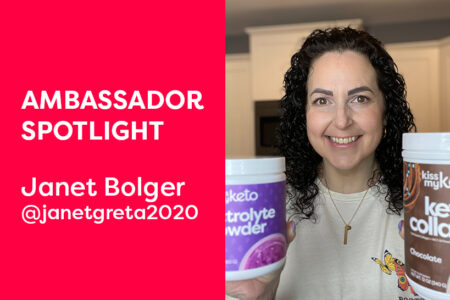

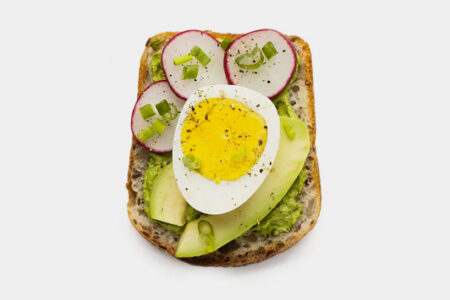
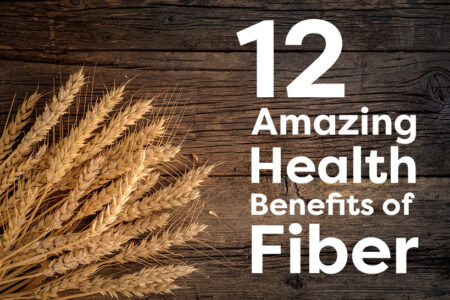
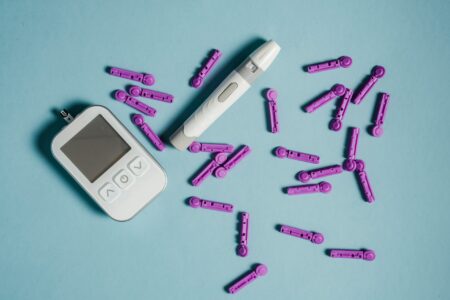
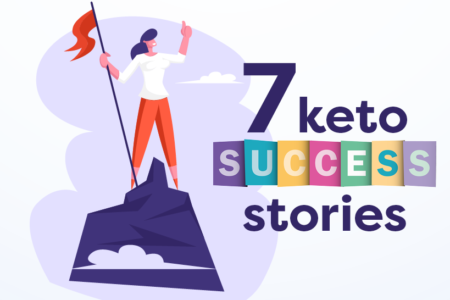
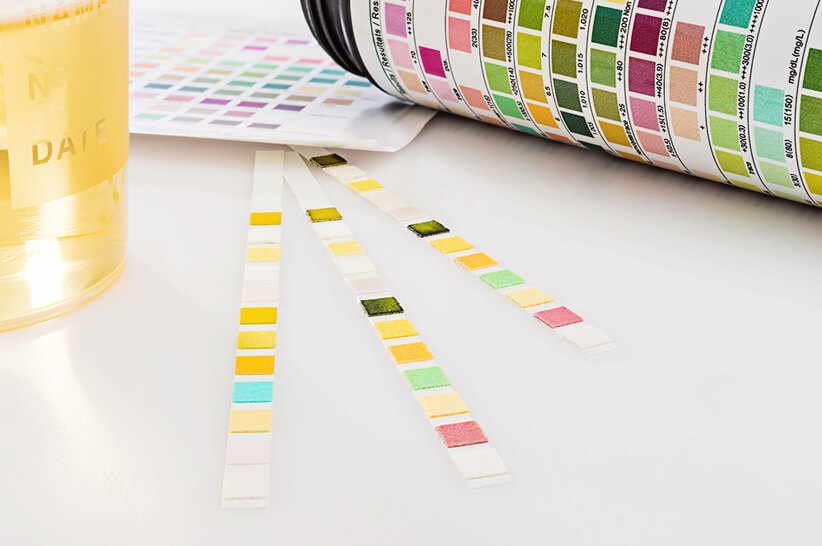

![Juicing for Weight Loss: Everything You Need to Know [Plus Recipes]](/wp-content/uploads/2019/08/Juicing-for-Weight-featured-image.jpg)

